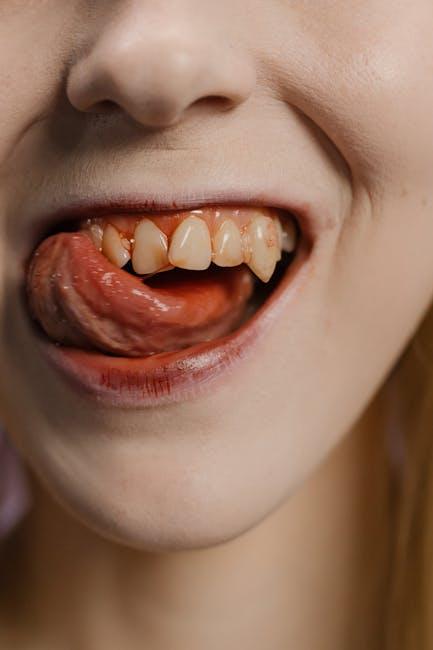
Does Medicaid Cover Dental? Orthodontics, Common Procedures & State Coverage
Dental health is essential to your overall well-being, but dental care can often be costly without insurance. If you’re enrolled in Medicaid, you might wonder, “Does Medicaid cover dental services?” The answer is not straightforward because dental coverage under Medicaid varies by state and age group. This comprehensive guide will walk you through what dental services Medicaid typically covers, including orthodontics, common dental procedures, and how coverage differs across states.
Understanding Medicaid Dental Coverage
Medicaid is a state and federally funded program that provides health coverage for millions of Americans with low income. While Medicaid is federally mandated to cover certain healthcare services, dental coverage is considered an optional benefit for adults in most states. However, for children enrolled in Medicaid through the Early and Periodic Screening, Diagnostic, and Treatment (EPSDT) program, dental benefits are comprehensive and mandatory.
Dental Coverage for Children vs. Adults
- Children under 21: States are required to offer dental benefits under EPSDT, which covers routine checkups, emergency services, orthodontics (if medically necessary), and other dental care.
- Adults 21 and older: Dental coverage is optional and varies widely by state. Some states provide robust dental benefits, while others offer limited or no dental coverage.
Does Medicaid Cover Orthodontics?
Orthodontic treatment—such as braces or Invisalign—is frequently a major concern for Medicaid enrollees, especially parents of children who might need corrective dental care. Orthodontic coverage under Medicaid depends on several factors:
Key Points on Medicaid and Orthodontics
- Most states cover orthodontics for children when it is deemed medically necessary. This means coverage is often for severe dental conditions that affect function, like cleft palate or jaw abnormalities, not solely for cosmetic reasons.
- For adults, orthodontic coverage is rare and usually very limited, if available at all.
- The approval process for orthodontics often requires prior authorization and documentation from an orthodontist or dental specialist.
Common Dental Procedures Covered by Medicaid
Medicaid dental benefits, where available, often cover a range of common procedures that help maintain or restore oral health. Below is a list of typically covered procedures under Medicaid dental programs:
- Preventive care: Dental exams, cleanings, X-rays, fluoride treatments, sealants
- Restorative care: Fillings, crowns, root canals, extractions
- Emergency dental services: Relief of pain or treatment of infections
- Orthodontic care: Limited to medically necessary cases for children
- Other services: Dentures (in some states), periodontal treatments, and sometimes oral surgery
How Does Dental Coverage Vary by State?
Because Medicaid is a federal-state partnership, dental benefits vary significantly from one state to another. Some states provide extensive dental coverage for adults, while others only cover emergency dental care or no adult dental benefits at all.
| State | Adult Medicaid Dental Coverage | Orthodontics Coverage |
|---|---|---|
| California | Comprehensive | Medically necessary for children only |
| Texas | Emergency only | Rarely covered |
| New York | Comprehensive | Covered for kids, limited for adults |
| Florida | Emergency only | Not covered |
Note: This table provides a snapshot and coverage details can change. Always check with your state Medicaid office for current information.
Benefits of Utilizing Medicaid Dental Coverage
Access to Medicaid dental benefits can provide significant advantages, including:
- Improved oral health: Regular dental visits prevent cavities, gum disease, and other oral health problems.
- Cost savings: Medicaid helps cover expensive dental procedures reducing out-of-pocket expenses.
- Better overall health: Good dental care is linked to better heart health, diabetes management, and pregnancy outcomes.
- Access to orthodontics: Corrective orthodontic intervention during childhood can improve dental function and self-esteem.
Practical Tips for Maximizing Your Medicaid Dental Benefits
- Verify coverage in your state: Contact your state Medicaid office or visit their website to understand your dental benefits.
- Find Medicaid-participating dental providers: Use state Medicaid directories to locate dentists who accept Medicaid.
- Schedule regular checkups: Preventive care reduces the need for costly treatments later.
- Get prior authorizations early: Especially for orthodontics and complex procedures, get necessary approvals before treatment.
- Keep documentation: Maintain all records and receipts for Medicaid claims and appeals if needed.
Real-Life Experience: Medicaid Dental Coverage Success
Jessica, a mother of two in Ohio, credits Medicaid dental coverage for saving her children from serious oral health problems. “My youngest had a severe overbite that made eating difficult. Medicaid helped cover the braces he needed after the orthodontist proved it was medically necessary. Without it, we couldn’t afford the treatment.”
This story is a common example of how Medicaid dental benefits can make a life-changing impact, especially for low-income families.
Conclusion
So, does Medicaid cover dental? The short answer is: yes, but with limitations. Dental coverage is comprehensive and mandatory for children under Medicaid but varies widely for adults depending on your state. Orthodontic coverage is typically limited to children with medical necessity and rare for adults. Knowing your state’s Medicaid dental policies and following practical tips will help you get the most out of your benefits.
Maintaining good oral health is vital, and Medicaid dental coverage can provide crucial support for families and individuals who need it most. For the most accurate and up-to-date information, always consult your state Medicaid agency or a Medicaid dental provider.


